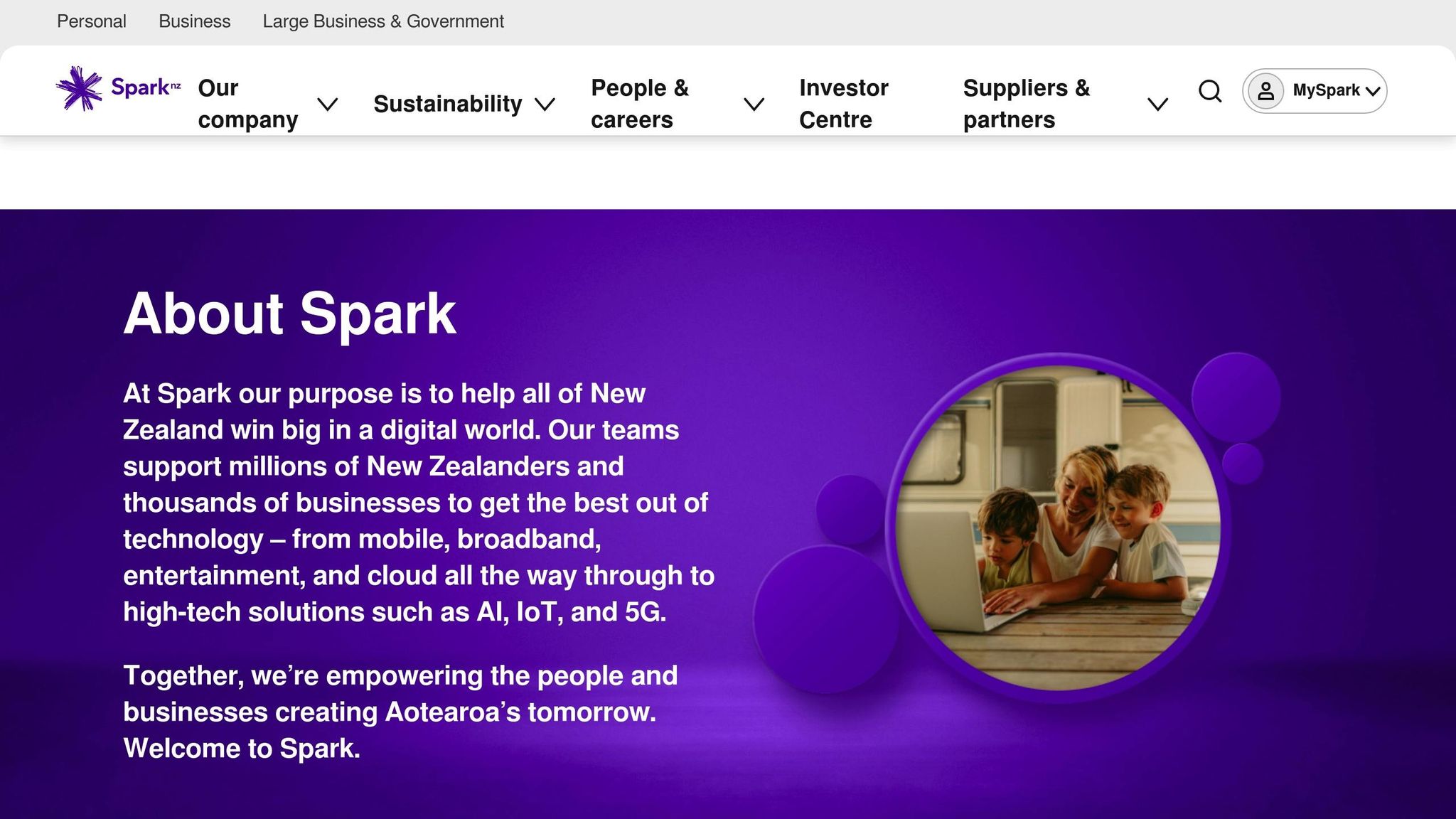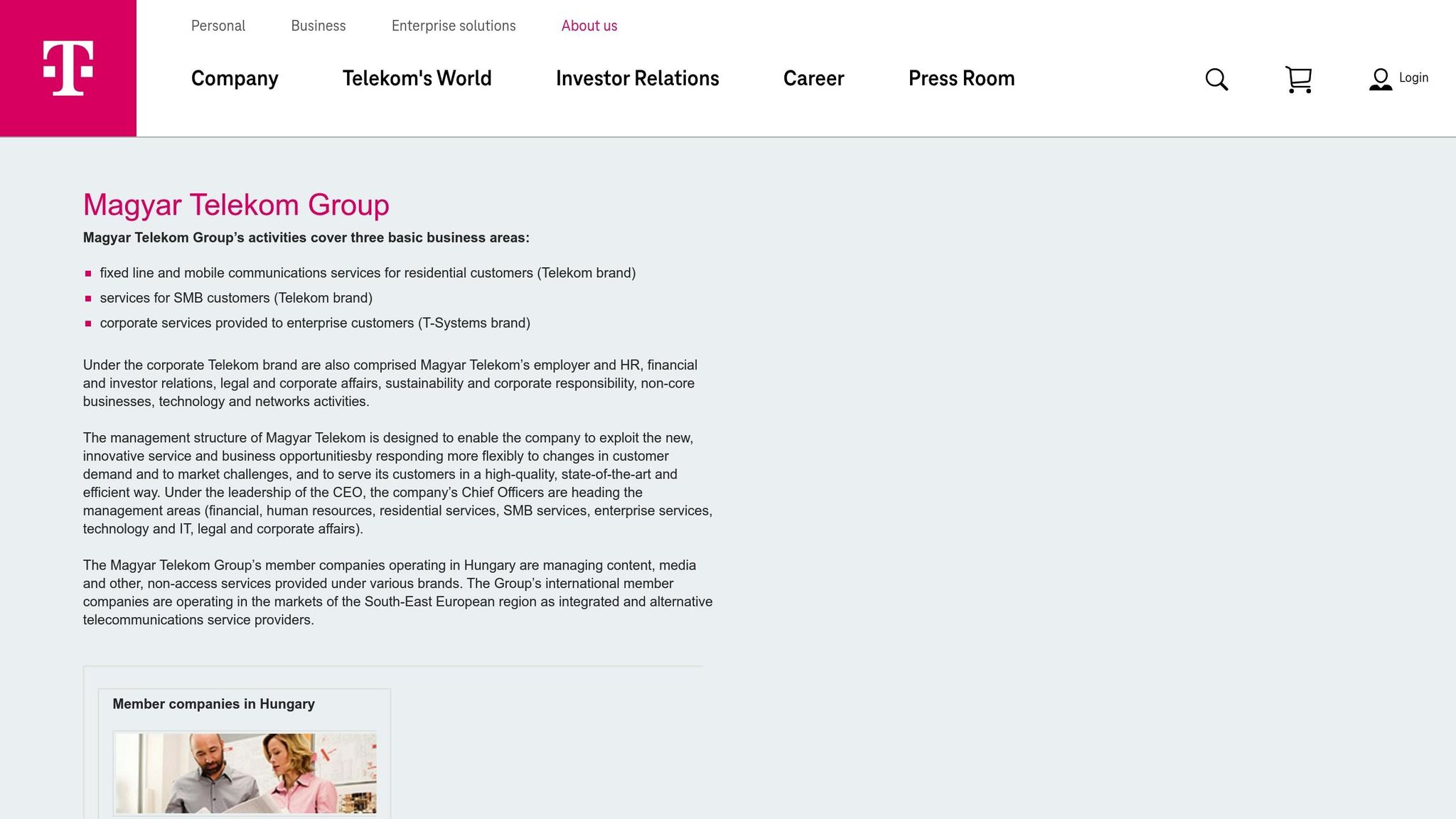Want to scale Agile across your organization? Here's how:
- Align company culture with Agile principles: Foster transparency, collaboration, and team empowerment.
- Standardize processes: Apply Agile practices consistently across teams for better delivery and quality.
- Develop Agile leaders: Train leaders to support team autonomy and adaptability.
- Start small: Pilot Agile with one team, refine, then expand gradually.
- Update workflows: Replace rigid systems with flexible, team-driven decision-making.
Real-world examples like Spark New Zealand and Magyar Telekom show that scaling Agile improves delivery times, product quality, and customer satisfaction.
This guide covers practical strategies to overcome challenges like employee resistance, conflicting values, and management gaps. Ready to transform your organization? Read on for actionable insights.
Executive’s Guide To Large-Scale Agile Transformation & ...
Common Scaling Obstacles
Scaling Agile comes with its fair share of challenges. Recognizing these roadblocks early can help organizations stay on track during their transformation journey.
Employee Pushback
Resistance from employees often stems from long-standing habits and uncertainty about changing job roles. To ease the transition, focus on clear communication, implement changes gradually, and provide tailored coaching to address specific concerns.
Conflicting Company Values
Agile principles like autonomy, collaboration, and experimentation can clash with traditional values such as strict hierarchy, risk avoidance, and individual performance focus. These differences can slow decision-making and curb progress. To address this, encourage teamwork, embrace controlled experimentation, and adopt more flexible processes that align with Agile philosophies.
Management Support Issues
Leadership plays a critical role in Agile transformation. Mixed messages, limited resources, and outdated performance metrics can derail progress. Leaders need to actively support Agile goals by clearly communicating priorities, ensuring teams have the resources they need, and updating evaluation criteria to emphasize collaboration and ongoing improvement.
Expert Consulting Insights
Leading firms emphasize that scaling agile successfully depends on shifting behaviors, evolving leadership styles, and prioritizing employee growth. These strategies address earlier challenges by focusing on practical, internal adjustments.
Changes in Team Dynamics
Teams need to embrace transparency and work across functions more effectively. Key practices include open communication, regular iterative planning, and setting clear goals to improve agile workflows.
Leadership Shifts
For agile to thrive, leaders must move away from traditional top-down management. Instead, they should actively support agile efforts, give teams more decision-making power, and adjust resources to encourage ongoing innovation.
Employee Growth and Training
Employee development plays a central role in agile success. Companies should prioritize training programs that enhance both technical expertise and interpersonal skills. Structured learning initiatives help ensure long-term agile adoption.
sbb-itb-97f6a47
Implementation Methods
To effectively scale Agile while maintaining stability, a clear and structured approach is essential. Here's how organizations can make it happen.
Building Team Cooperation
Getting teams to work together seamlessly is key to scaling Agile. Companies should set up structured ways for teams to collaborate. For example, dedicated spaces for daily standups, sprint planning, and retrospectives can improve communication. Regular sync meetings between teams help everyone stay on the same page. These meetings allow teams to share updates, align on goals, manage dependencies, and swap useful tips. This type of coordination lays the groundwork for rolling out Agile practices in a phased and controlled way.
Step-by-Step Adoption
Start small by introducing Agile practices with a single pilot team. This approach helps test and refine methods without overwhelming the organization. Once the pilot team finds success, expand the practices to other teams gradually. This method keeps disruptions to a minimum and encourages steady improvement as more teams come on board.
Updating Work Systems
As Agile practices take hold, it’s time to adjust workflows. Replace rigid approval chains with systems that empower teams to make decisions. Set up continuous feedback loops and flexible resource allocation processes. Use tools like collaborative project management software, automated testing and deployment pipelines, and shared knowledge bases to support these changes. Appoint transformation leads to guide teams through the process, track progress, and address challenges quickly. This ensures the transition stays in line with the organization’s broader goals.
Success Stories
These examples show how businesses have successfully scaled Agile practices by making targeted changes to their organizational culture.
Spark New Zealand Results

Spark New Zealand embraced Agile by creating independent, cross-functional teams. They reorganized team structures, introduced regular planning cycles, and brought in transformation coaches. These changes led to faster delivery times, improved employee morale, reduced costs, and increased customer satisfaction. This overhaul in team operations allowed the company to respond more quickly to challenges and foster innovation throughout the organization.
Magyar Telekom Progress

In 2019, Magyar Telekom began an Agile transformation in stages, starting with a few departments before expanding across the company. They built cross-functional teams, standardized Agile methods, and established continuous feedback systems. As a result, they achieved better deployment cycles, higher product quality, improved project success rates, and stronger customer satisfaction. Effective leadership and clear communication played a key role in addressing obstacles and ensuring the success of the Agile initiative.
Conclusion
Key Takeaways
Scaling Agile requires aligning company culture with Agile principles and implementing changes systematically. Insights from industry leaders highlight that success hinges on dedicated leadership, cross-functional teams, and consistent feedback loops. Together, these elements drive noticeable improvements across organizations.
Steps to Keep Agile Thriving
To sustain and refine Agile practices, focus on these three areas:
- Cultural Alignment: Regularly assess how well Agile aligns with your company's values and make adjustments based on team feedback.
- Leadership Training: Equip managers with the skills needed to lead in an Agile environment.
- Process Updates: Modernize workflows and tools to better support Agile methods.
Consider seeking outside expertise to ensure your Agile initiatives stay on track.
Getting Expert Support
Expert guidance can help you implement these strategies effectively. The Top Consulting Firms Directory is a resource for finding specialized consultants offering services like:
- Digital transformation
- Change management
- Team collaboration
- Risk management
- IT optimization
Choose firms with a strong track record in Agile scaling and cultural alignment. Look for consultants who can deliver solutions tailored to your company's unique goals and values.


